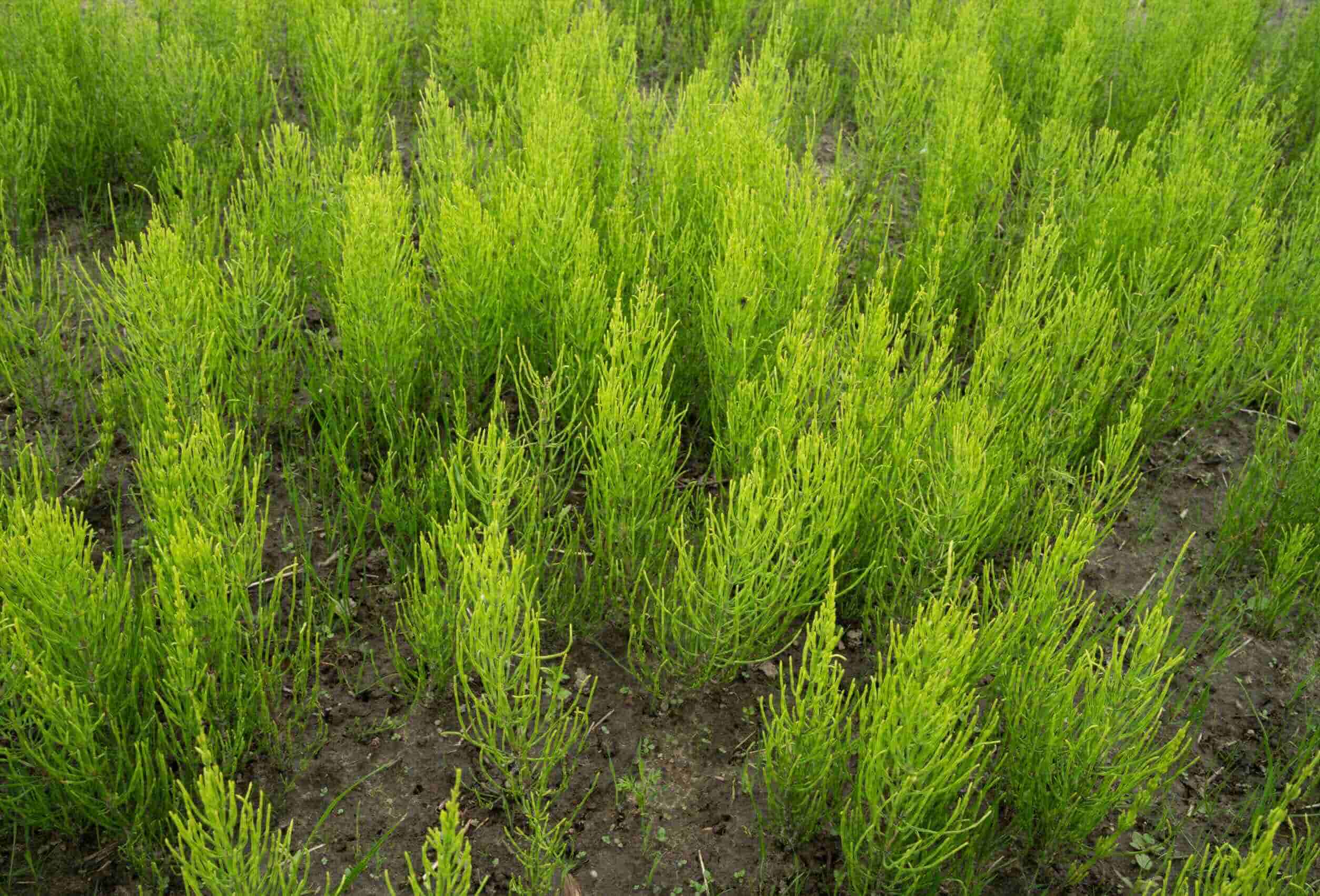
Mare's tail, also known as Hippuris vulgaris, is a fascinating aquatic plant that often goes unnoticed. Found in ponds, lakes, and slow-moving streams, this plant plays a crucial role in aquatic ecosystems. Did you know that Mare's tail can grow both underwater and above the surface? Its unique structure provides shelter for small aquatic creatures and helps maintain water quality by absorbing excess nutrients. This plant's resilience makes it a favorite among gardeners looking to add a touch of nature to their water features. Curious about more intriguing facts about Mare's tail? Keep reading to uncover 25 surprising details about this remarkable plant!
What is Mare's Tail?
Mare's tail, also known as Equisetum arvense, is a fascinating plant with a rich history and unique characteristics. This ancient plant has been around for millions of years, surviving through various geological eras. Let's dive into some intriguing facts about mare's tail.
-
Mare's tail belongs to the horsetail family, Equisetaceae, which dates back to the Paleozoic era, over 300 million years ago.
-
This plant is often found in moist environments like wetlands, ditches, and riverbanks.
-
Mare's tail has a unique appearance with jointed stems and a brush-like top, resembling a horse's tail.
-
It can grow up to 2 feet tall, making it quite noticeable in its natural habitat.
-
The plant reproduces through spores rather than seeds, similar to ferns.
Historical Uses of Mare's Tail
Mare's tail has been used by various cultures throughout history for its medicinal and practical properties. Here are some historical uses of this ancient plant.
-
Ancient Greeks and Romans used mare's tail to treat wounds and stop bleeding.
-
Native Americans utilized the plant for its diuretic properties, helping to treat kidney and bladder issues.
-
Mare's tail was also used as a natural abrasive for cleaning pots and pans due to its high silica content.
-
In medieval Europe, it was believed to have magical properties and was used in various rituals and spells.
-
The plant was also used to polish metal and wood, thanks to its rough texture.
Medicinal Benefits of Mare's Tail
Modern science has confirmed some of the traditional uses of mare's tail, revealing its potential health benefits. Here are some medicinal benefits of this ancient plant.
-
Mare's tail is rich in silica, which is essential for healthy skin, hair, and nails.
-
It has anti-inflammatory properties, making it useful for treating conditions like arthritis and gout.
-
The plant is also known for its diuretic effects, helping to flush out excess fluids and toxins from the body.
-
Mare's tail can aid in the healing of wounds and burns due to its astringent properties.
-
It has been used to treat respiratory issues like bronchitis and asthma.
Environmental Impact of Mare's Tail
Mare's tail plays a significant role in its ecosystem, contributing to the health and stability of its environment. Here are some ways this plant impacts its surroundings.
-
Mare's tail helps prevent soil erosion by stabilizing the soil with its extensive root system.
-
The plant provides habitat and food for various insects and small animals.
-
Mare's tail can absorb heavy metals from the soil, helping to clean contaminated environments.
-
It contributes to the overall biodiversity of wetlands and other moist habitats.
-
The plant can also indicate the health of an ecosystem, as it thrives in clean, unpolluted environments.
Fun Facts About Mare's Tail
Beyond its practical uses and environmental impact, mare's tail has some fun and quirky characteristics. Here are a few fun facts about this ancient plant.
-
Mare's tail is one of the few plants that can survive in both waterlogged and dry conditions.
-
The plant has a high resistance to herbicides, making it difficult to control in agricultural settings.
-
Mare's tail can grow back even after being cut down, thanks to its deep root system.
-
The plant's spores are so tiny that they can be carried by the wind for miles, aiding in its widespread distribution.
-
Mare's tail has been used in traditional Japanese flower arrangements, known as Ikebana, for its unique and striking appearance.
The Fascinating World of Mare's Tail
Mare's tail, or Hippuris vulgaris, is more than just a pretty plant. It’s a survivor, thriving in wetlands and ponds. This plant has been around since the Cretaceous period, making it a living fossil. Its unique structure, with whorls of needle-like leaves, helps it adapt to various water conditions. Mare's tail also plays a crucial role in its ecosystem, providing habitat and food for aquatic life.
Despite its beauty, it can be invasive, spreading quickly and outcompeting native plants. Gardeners often use it in water gardens, but it requires careful management. Understanding mare's tail helps us appreciate its role in nature and the importance of maintaining ecological balance.
So next time you see this ancient plant, remember its rich history and ecological significance. Mare's tail is a testament to nature's resilience and adaptability.
Was this page helpful?
Our commitment to delivering trustworthy and engaging content is at the heart of what we do. Each fact on our site is contributed by real users like you, bringing a wealth of diverse insights and information. To ensure the highest standards of accuracy and reliability, our dedicated editors meticulously review each submission. This process guarantees that the facts we share are not only fascinating but also credible. Trust in our commitment to quality and authenticity as you explore and learn with us.
